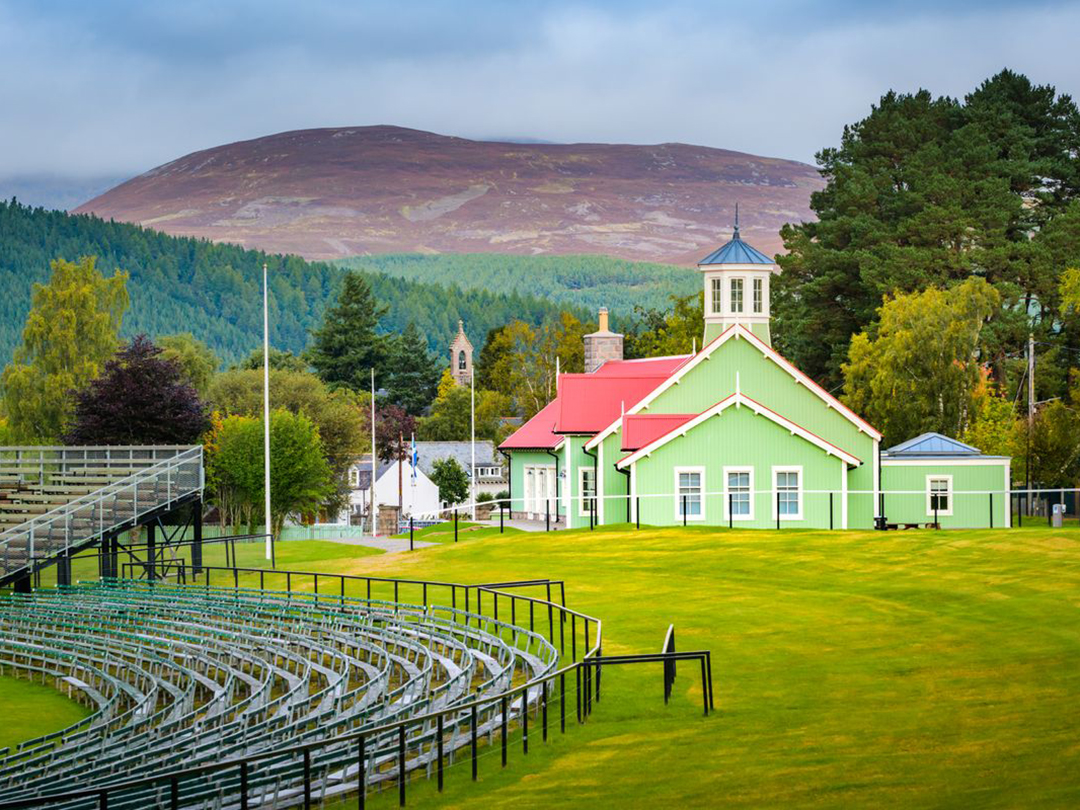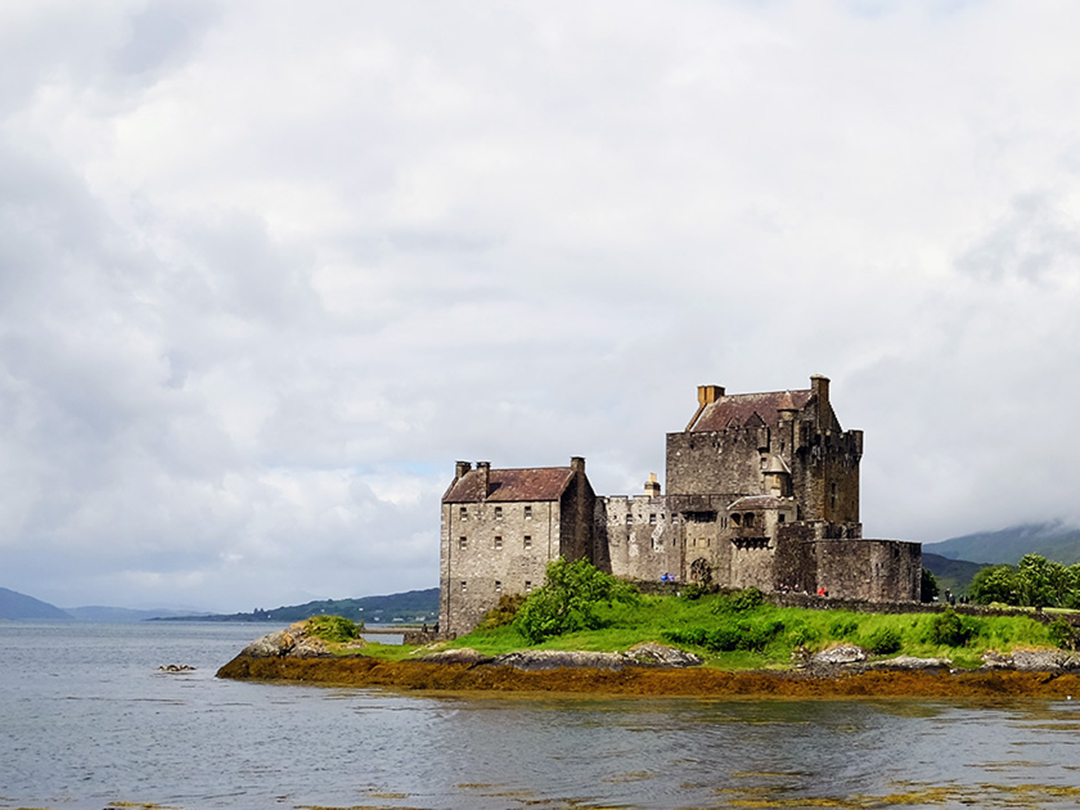Like you, people from all over the world can lay claim to a family connection to Scotland. If you are addicted to genealogy, are researching your Scottish family tree, then this is the guide for you.
Whether you want to discover more about your Scottish clan or how to visit your ancestors’ historic lands – from visiting clan castles to enjoying a traditional highland games or clan society gatherings, here is my step by step guide to planing a Scottish ancestry trip. Let’s go!
Header image credit: VisitScotland / David N Anderson
1. Find out more about your Scottish ancestry
Interested in find out if you have Scottish ancestry? Did you know you can search Scotland’s registers of births, marriages and deaths (back to1553) the census records (1841 to 1911) and wills dating back to 1500?
- Online – visit Scotland’s people, explore the National Records of Scotland and the National Library of Scotland.
- Visit in person – the Scotland’s People Centre in Edinburgh, The Mitchell Library in Glasgow, the Highland Archive Centre in Inverness or one of the Local Family History centres across the country.
2. Connect with your Scottish clan
Discovered Scottish ancestry and now wondering if this means you have a Scottish clan?
Even if you don’t have a Scottish family name such as Campbell, Mackenzie or Stuart, you may still be connected to a clan. Many clans have accepted alternative surnames – for example, the Drummond clan was started by a Beg!
To find out if you have a clan, visit Scottish surname search tool over on the Council of Scottish Clans & Associations.
Whilst clan membership traditionally goes through the father (women who married, joined their husband’s clan) there have been incidents of men claiming their wife’s clan, so don’t forget to check both your paternal and maternal family names.
If you do have a clan, then COSCA will also tell you where your traditional clan lands were – so you can plan your visit.
You can also use my guide to visiting the top 10 clan lands.
What is a Scottish clan?
Meaning ‘children’ or ‘kindred’ in Scots Gaelic, a ‘clann’ or clan is a family or kinship group.
The Scottish clans system dates back to pre-1000 AD, with most clan leaders descending from the Scottish kings and queens or Irish invaders. The Scottish clans once held significant political sway and had huge land ownerships.
Despite many attempts by the Norsemen and other invaders, other landowning Scots, the political classes, and the British Army, it took nearly a 1000 years for the traditional Scottish clan system to be brought down following the failure of the Jacobite claim to the throne the disastrous battle of Culloden in 1745.
The 1746 Act of Proscription banned Scottish dress, customs and gatherings and lasted for 40 years. The list of clans in Scotland is now registered with the Lord Lyon Court. Today’s clan chiefs lay claim to be descendent from the founder.
Historically, the clan chief and chieftains (branch chiefs) would have led the clan on the field of battle. Most clans also had dependent ‘septs’ or other families who depended on the main clan for their lands and livelihood, often as tenant farmers – many Scottish surnames are connected to the traditional clans in this way.
3. Visit your clan society
The best source of information on your clan and Scottish ancestry is your clan society page.
There are over 500 clan societies operating in Scotland (and with members all over the world) and you can use this search tool to find your clan society.
Already know your clan? here are 10 of the largest clan societies:
- Clan Fraser of Lovat
- Clan Cameron
- Clan MacLeod
- Clan Bruce (Family of Bruce)
- Clan Maclean

4. Attend your Clan Society gathering, Tartan Day or Highland Games
One of the best ways to get involved with your Scottish ancestry is to attend your Clan Society gathering – which include the clan AGM and often coincide with the local Highland Games!
Clan gatherings can include clan marches, complete with pipes and drums and the clan dressed up in all their finery, and then a a formal kilt and black tie evening meal and ceilidh.
Highland Games are a unique mix of sport, social event, identity and heritage – and include traditional ‘heavy’ Highland sports such as the caber toss, the hammer throw, shot put, weight over the bar – and the tug o war – alongside music and Highland dancing.
The most famous Highland Games is include the Braemar Gathering which is regularly attended by the King and members of the Royal Family at the beautiful show ground in Braemat. The largest of the Highland Games is the Cowal Gathering and the oldest is the The Ceres Games in Fife.
You can view the list of Highland Games events during the year on from the Royal Scottish Highland Games Association calendar.
5. Find your clan tartan
Did you know that tartan was once just a traditional highland pattern used for clothing, with designs being associated with a region, not a clan?
The tradition of clan tartans was only established in the 19th century when dye became cheaper and publicly available and Highland gatherings and games rose in popularity.
Clans often have variants for individual septs and there are often formal tartans, hunting tartans (which are more muted) and ancient and modern versions, so plenty to choose from.
Find your tartan via Clan.com’s tartan search or the Scotland Shop tartan finder.

5. Plan a visit to your ancestral clan lands
Want to know how to visit your ancestors’ historic lands?
- Chisholm – For Clan Chisholm visit Glen Affric and Glen Strathfarrar – two of the most beautiful glens in Scotland.
- Drummond – To visit Clan Drummond discover the Strathearn region of Highland Perthshire and visit the spectacular Drummond Castle Gardens.
- MacGregor – To explore the lands of Clan MacGregor visit the beautiful hills and woodlands of The Trossachs, Rob Roys grave at Balqhidder and the stunning Loch Voil.
- Campbell – For Clan Campbell head to Argyll’s county town of Inveraray and visit Inveraray Castle – the home of the Dukes of Argyll.
- MacKenzie – To visit Clan Mackenzie explore the mountains of Kintail and visit Eilean Donan Castle, one of Scotland’s most iconic castles.
- Fraser – For Clan Fraser discover the pretty town of Beauly, the home of this clan made famous by the TV series Outlander.
- Cameron – The lands of Clan Cameron are around Fort William, Achnagarry and Lochaber – why not climb Ben Nevis?
- MacLean – For Clan MacLeod visit the Isle of Skye and the tiny isle of Raasay.
- Bruce – The home of Clan Bruce is in Clackmannanshire and Dunfermline – including the burial place of King Robert the Bruce.
- MacLean – For Clan Maclean visit the Isle of Mull, Coll and the West Highland Peninsulas to visit Clan Maclean.
> Read more about planning a visit to your Scottish clan lands.
Ready to plan your trip? Find out more about visiting Scotland with my planning guide.
Love from Scotland x
